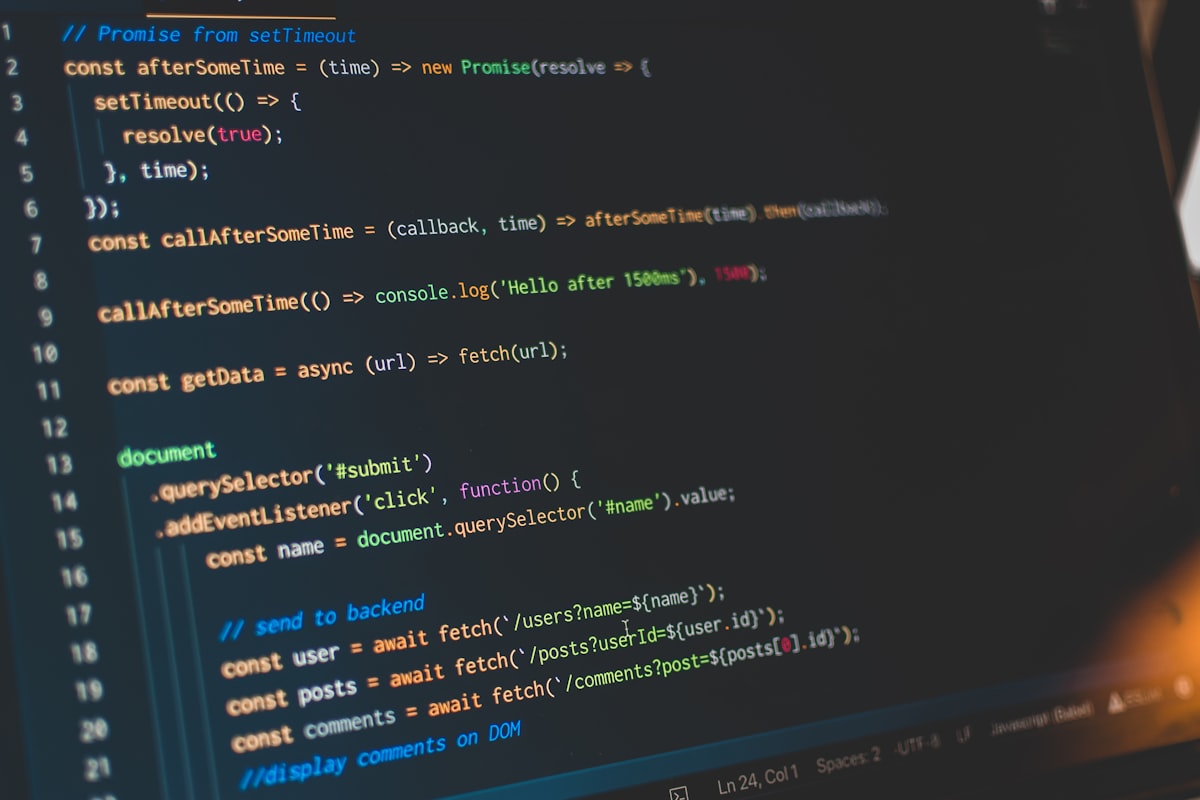Javascript Fundamentals: Understanding Variables, Objects, and Data Types

Javascript Fundamentals: Understanding Variables, Objects, and Data Types
JavaScript is a powerful and popular programming language. JavaScript is a client-side scripting language that helps developers to create interactive web pages. It's important to understand the fundamentals of the language before diving deep into the language. This article provides an overview of the basics of JavaScript, including variables, objects, and data types.
Variables in JavaScript
Variables are containers which hold data values. They are used to store data and information in a program. In JavaScript, variables are declared using the var keyword. For example, var x = 10; declares a variable called x and assigns it the value of 10. It's important to note that all variables in JavaScript are case-sensitive. That means, x and X are two different variables.
JavaScript Objects
Objects are collections of key-value pairs. They are used to store multiple pieces of data in a single object. In JavaScript, an object is declared using the {} notation. For example:
var car = {
"model": "Audi",
"year": 2018,
"color": "black"
};
In the above example, car is an object with three key-value pairs. The keys are model, year, and color, and the values are Audi, 2018, and black, respectively.
Data Types in JavaScript
JavaScript has a variety of data types. The most common data types in JavaScript are:
- String: A string is a sequence of characters. It can be declared using single or double quotes. For example,
var x = "Hello"; - Number: A number is a value that can be written without quotes. For example,
var x = 10; - Boolean: A boolean is a value that can be either
trueorfalse. For example,var x = true; - Null: Null is a special value that indicates the absence of any value. It can be declared using the
nullkeyword. For example,var x = null; - Undefined: Undefined is a special value that indicates that a variable has not been assigned a value. It can be declared using the
undefinedkeyword. For example,var x; console.log(x); // undefined
Conclusion
This article provided an overview of the basics of JavaScript, including variables, objects, and data types. Understanding these fundamentals will enable you to write better code and create more powerful web applications.
